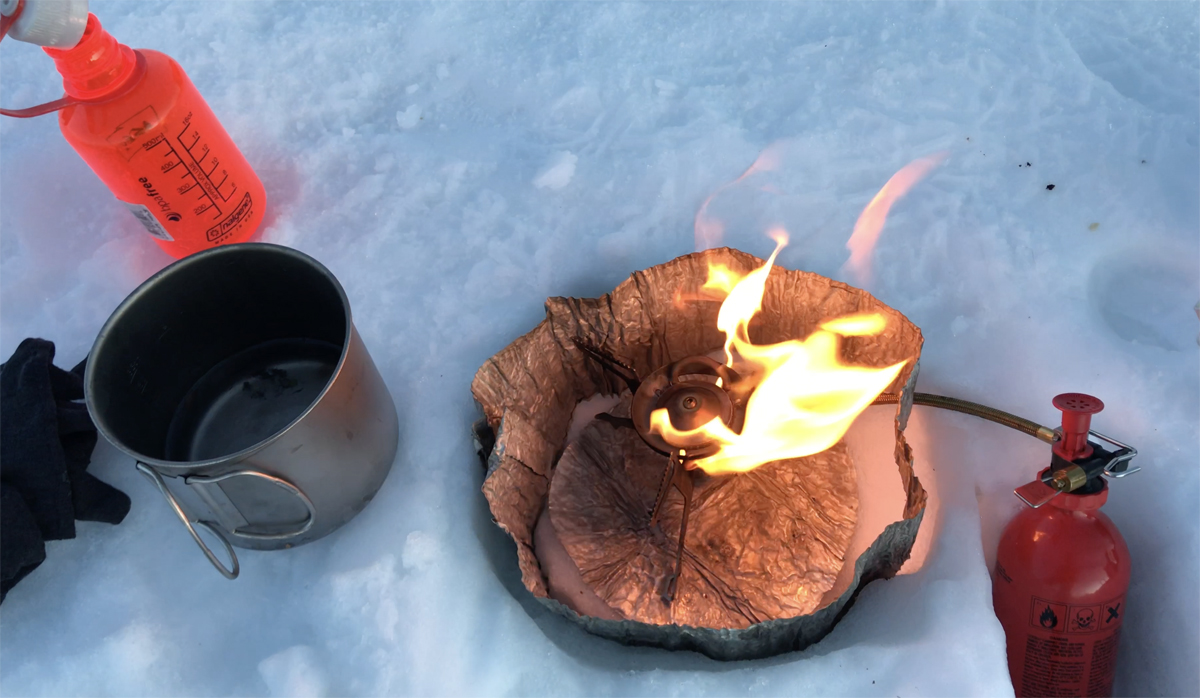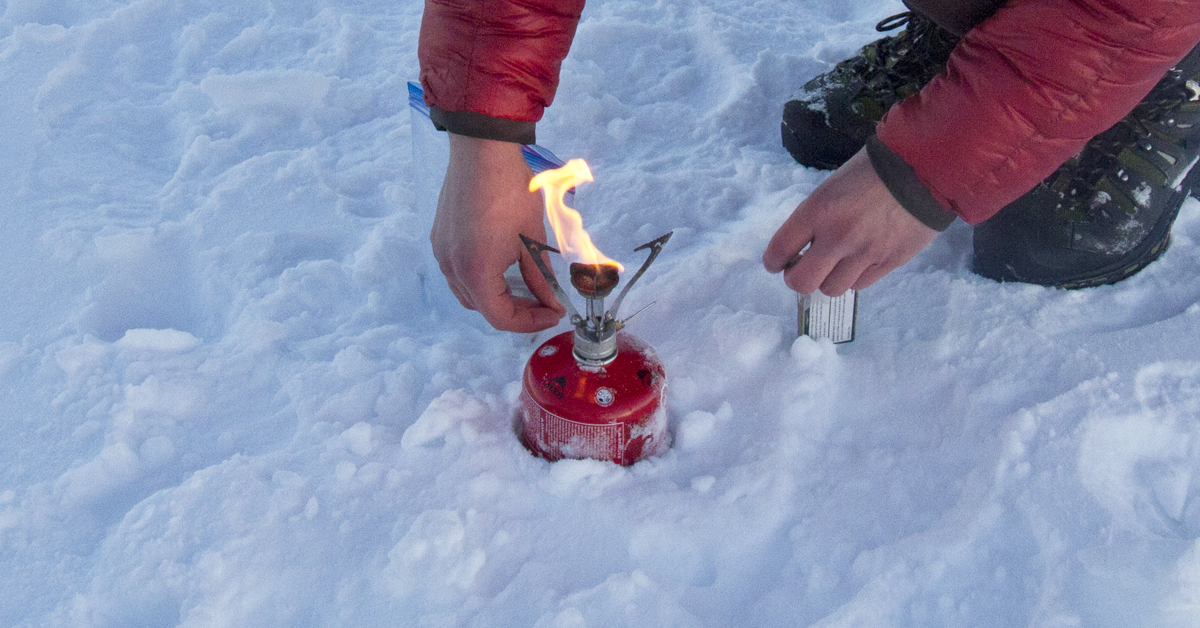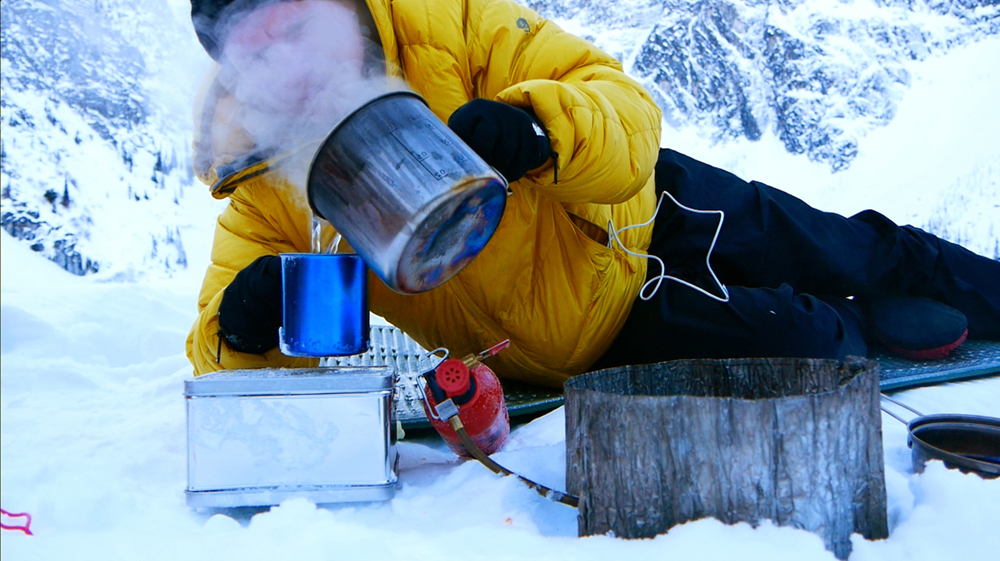When I started out backpacking as a teenager, my first “stove” was a series of home-made paraffin burners (cardboard rolled into empty food cans and covered in wax). Eventually, I acquired an Optimus Svea stove which I really enjoyed. It sounded like a jet plane, but it worked well and was reliable. The simplicity of the design makes the Svea perhaps the most reliable liquid fuel backpacking stove. I eventually gave it away, but later in life when I returned to backpacking I decided on an MSR Whisperlite International, which is also a liquid fuel stove and the one that I still use.


